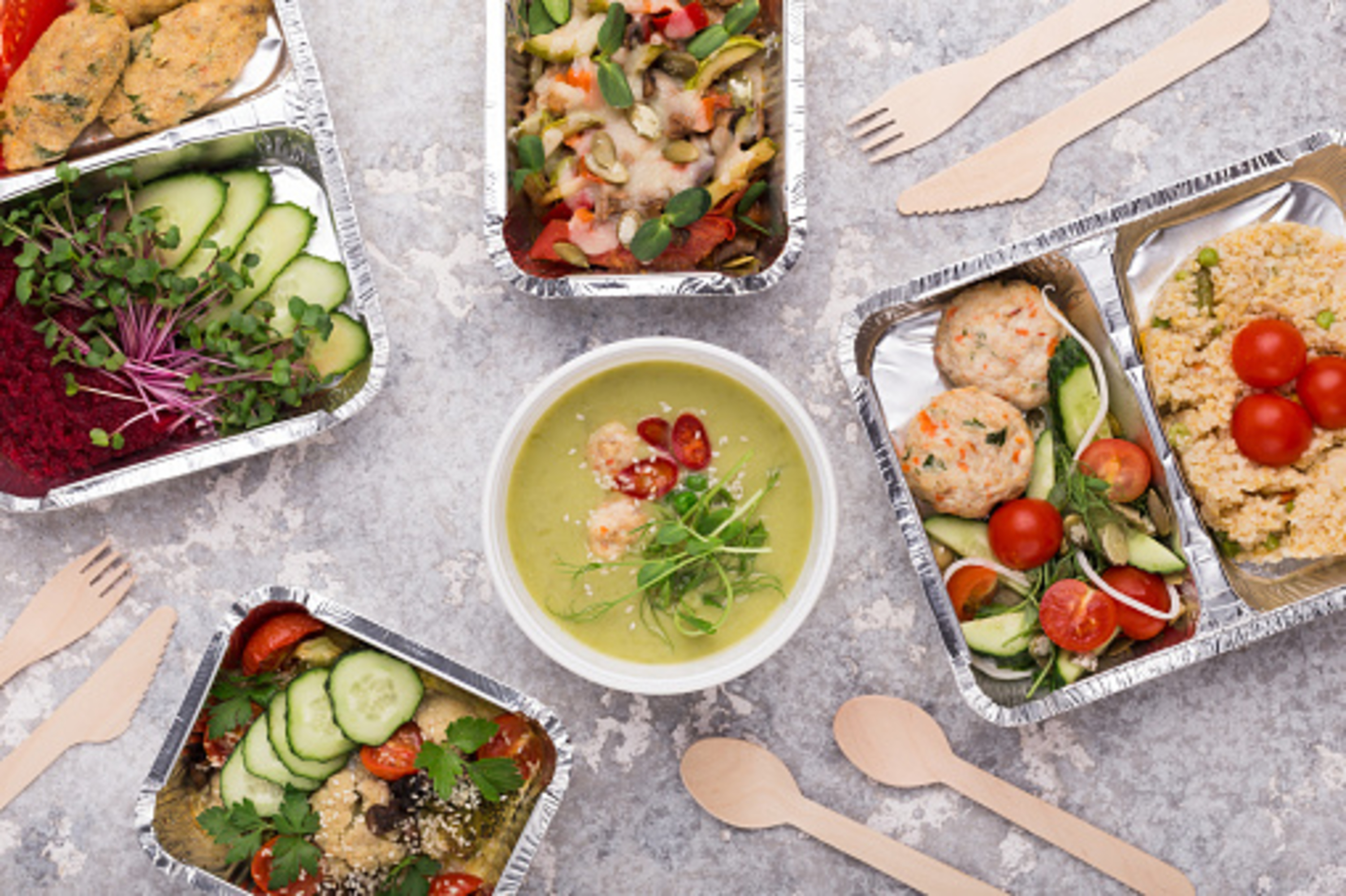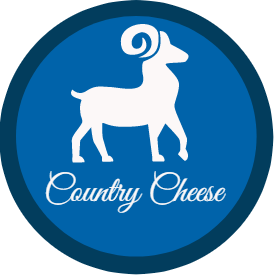When you run a farm, there are chores to keep up with on a daily basis and at the very least, the animals must be fed. Most Sunday afternoons, we like to relax outside as a family, but the weather
The Top 5 Farm-to-Table Meal Delivery Kits

There’s no denying that meal delivery services are convenient and delicious. Nothing beats the feeling of mixing the ingredients, prepping the plates, and cooking your own meals. It lets you enjoy the satisfying aroma fresh out of the oven. If
Do Agriculture and the Oil & Gas Industry Mix?

When talking about the future of the modern economy, it’s impossible not to mention the industries of agriculture and energy. Both require a significant amount of land for their products, which can cause conflict between the two. But there are
How to Make Homemade Goat Cheese

Though I grew up on a cow dairy farm, my family never did any of the processing ourselves because we were a part of the Tillamook County Creamery Association. This co-op of Oregon dairy farmers produces dairy products, primarily cheese, under the brand name Tillamook, which is carried by most major grocers nationwide. With my background, deciding to raise goats was easy, but learning to actually make goat cheese was an entirely new proposition. Making the basic chevre, or creamy goat cheese, is actually quite simple, and can be easily duplicated at home if you have a supply of fresh goat’s milk. It took Jenn and I some testing to get the method down, but we’ve finally mastered the chevre. Here are the easy steps to making homemade chevre.
Ingredients and Supplies
Here’s what you’ll need to get started:
- 1 gallon of fresh goat’s milk (here are helpful tips for finding fresh milk)
- 8 lemons
- 8 tablespoons of white vinegar
- 2 teaspoons Kosher salt (non-iodized salt is a must, unless you want your cheese turning an unappetizing green color)
- Cheesecloths
- Cutting board
- Paring knife or microplane
- Wooden reamer
- Candy thermometer
- Large stainless steel pot
- Wooden spoon
- Colander
- Dried or fresh thyme
- Waxed paper and saran wrap
Prep ingredients
Remove the rind from half of the lemons, avoid the pith, and mince into tiny pieces. Alternatively, use a microplane to zest four of the lemons (I find this to be far easier). Set zest aside, then roll all of the lemons across a flat surface, applying pressure with the palm of your hand. This helps to release the juice for easier juicing. Halve the lemons, then using a wooden reamer juice the lemons into a bowl and set aside. You should have approximately 1 cup to 1.25 cups of lemon juice.
Warm the Milk
In a large stainless pot, heat the milk slowly until it reaches a temperature of 180 degrees. I like to use a traditional candy thermometer because you can easily clip it onto the side of your pot. There are also digital versions available that make reading the temp much easier. Once adequately heated, remove from stove and pour in the lemon juice and vinegar, stirring to combine.
Curdling
The acid from the lemon juice and vinegar aids in the curdling process. When we make our cheese at the farm, we use a combination of culture and rennet instead of lemon juice, but lemon juice is a perfect substitute for this simple at-home recipe. Culture and rennet contain bacteria that produce lactic acid, which lowers the pH of the milk, otherwise known as acidification. Lemon juice and vinegar are both high in acid, and accomplish the same end result.
After standing for 10-15 minutes, the milk should be curdled and thicker.
Strain
Line the colander with a few layers of cheese cloth. Since the goat milk will still be fairly liquid, you’ll want to do at least 3 layers to minimize loss. Pour the milk from the pot into lined colander. Gather the corners of the cheese cloth and synch together at the top. I like to suspend the bundle from a hook over the kitchen sink for easy drainage. After draining for a couple of hours, dump the mixture into a bowl, adding the salt and half of the lemon zest, and stirring to combine.
Mold
Lay out 4-5 pieces of wax paper and sprinkle the center with thyme and the remaining lemon zest. Dump equal amounts of the cheese mixture onto each piece of paper. Form into a ball or log, rolling through the cheese through the lemon and thyme to coat the outside of the cheese. Once satisfied with the shape, wrap each cheese log in plastic wrap.
Taste
This cheese will last for about a week in the fridge, so if you aren’t going to eat the entire batch immediately, drop the remaining logs into an airtight Ziploc bag and freeze. Spread on your favorite crackers or use as a topping to give your favorite recipe an unexpected boost. We used our recent batch of homemade curds to recreate this Spiced Pork Chop recipe from Blueapron Reviews on boxedmealz.com. Ultimately, we thought the Home Chef cost was more in line with what we needed and we also liked the Marley Spoon recipes a bit more. No matter how you choose to use your chevre, we hope that you enjoy!
Summer Travel Plans: Rolling up to Oregon

We were recently inspired by a story we read about the Works, a family of three originally from Kansas, who sold everything they owned to buy an Airstream and live in it. Though we can’t just up and leave the
